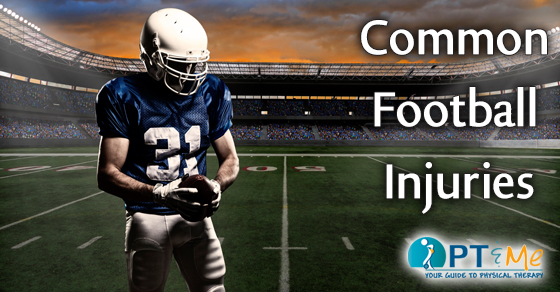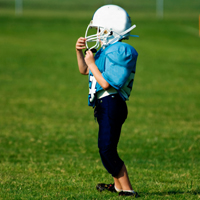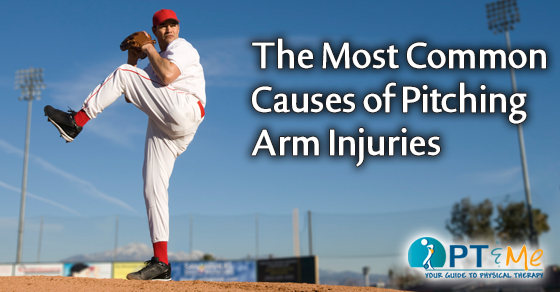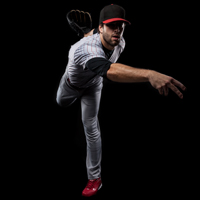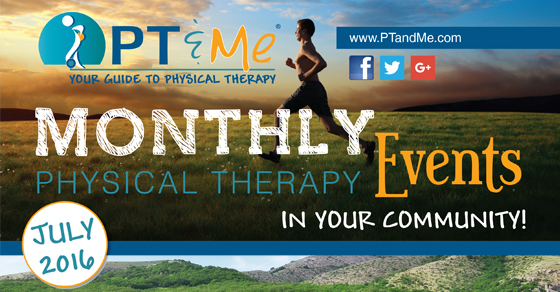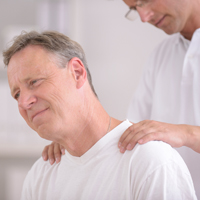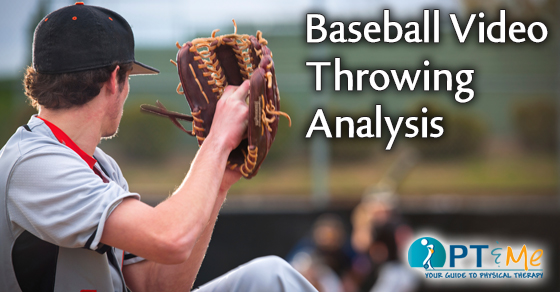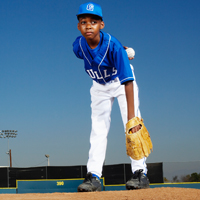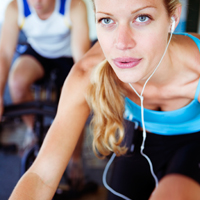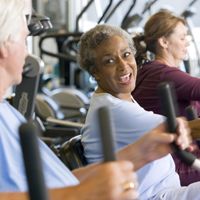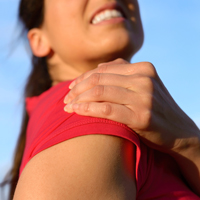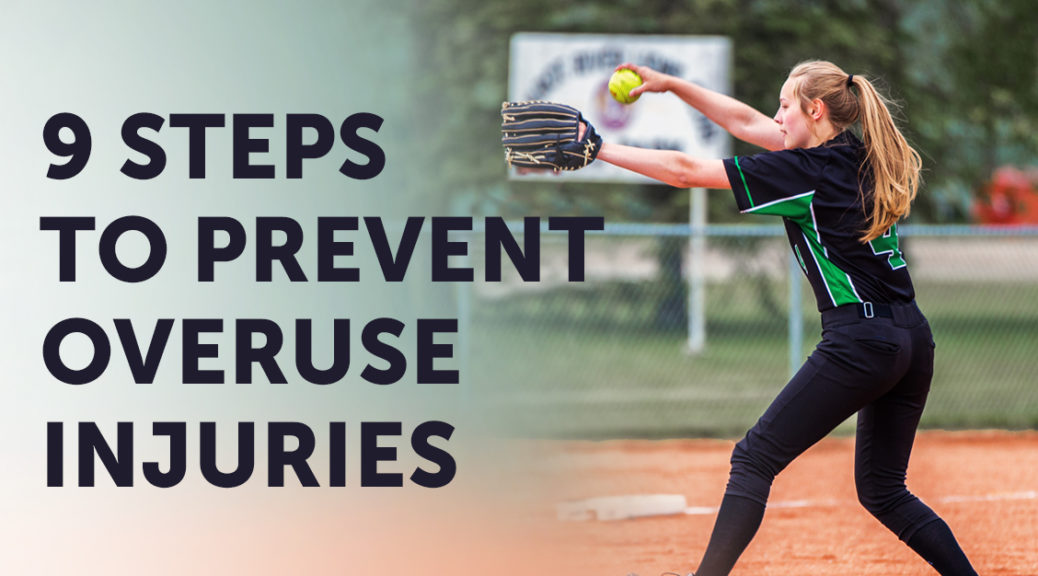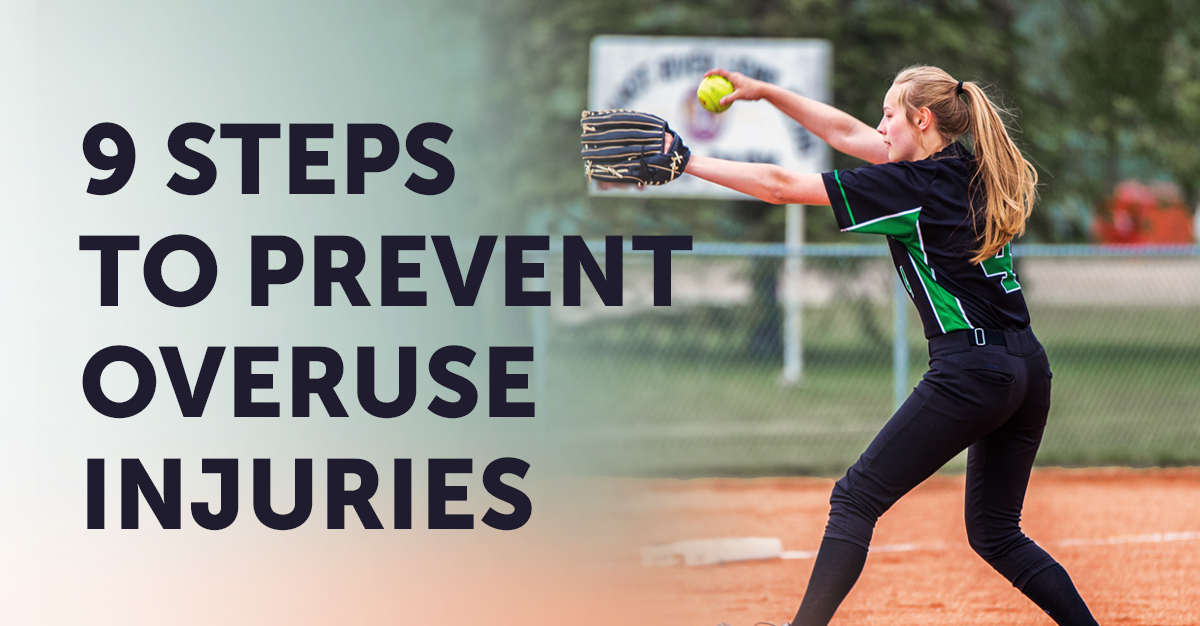Football is one of the most popular sports played by young athletes, and it leads all other sports in the number of injuries sustained. In 2007, more than 920,000 athletes under the age of 18 were treated in emergency rooms, doctors’ offices, and clinics for football-related injuries, according to the U.S. Consumer Product Safety Commission. Physical therapy can provide specific treatment to a number of specific football injuries. Here are a few injuries that can happen during a football game or practice:
KNEE INJURIES
Knee injuries in football are the most common, especially those to the anterior or posterior cruciate ligament (ACL/PCL) and to the menisci (cartilage of the knee). These knee injuries can adversely affect a player’s long-term involvement in the sport. Football players also have a higher chance of ankle sprains due to the surfaces played on and cutting motions.
Physical therapy treatment for knee injuries may include:
• Exercises to help promote recovery. Specifically, therapists will design a program to strengthen the whole leg as well improve its range of motion.
• Balance exercises to allow the return to daily activities (including work and sports) while decreasing the risk of falls and reinjury
• Hands-on treatment to keep the knee joint from becoming stiff
• Ice and vasopneumatic pressure to reduce swelling and pain
SHOULDER INJURIES
Shoulder injuries are also common. The labrum (cartilage bumper surrounding the socket part of the shoulder) is particularly susceptible to injury, especially in offensive and defensive linemen. In addition, injuries to the acromioclavicular joint (ACJ) or shoulder are commonly seen in football players.
Physical therapy treatment for shoulder injuries may include:
NON-SURGICAL
Most labral tears will respond well to non-surgical treatment and may be just one component of a multi-factored pathology of the aging shoulder. Physical therapy will typically address a labral tear from the biomechanical approach of improving the motion and reducing the repetitive injury. If the inflammation and mechanical stress on the structures can be reduced then the tissue has a chance to heal.
SURGICAL
If the athlete has had surgery to the shoulder, the therapist will follow a specific protocol to apply just the right amount of strain on the shoulder to keep it safe after surgery. A sling may be recommended in the early stages but the therapist will get the arm moving with assistance within a relatively short period of time. Physical therapists will give instructions on how to provide varying levels of assistance to the arm for motion in safe planes in front of the body, and eventually throughout the entire range of motion. Once the tissues are healed, the therapist will begin to put resistance on the support structures in order to improve the mechanics of motion and reduce the risk of another injury.
CONCUSSIONS
Football players are very susceptible to concussions. A concussion is a change in mental state due to a traumatic impact. Not all those who suffer a concussion will lose consciousness. Some signs that a concussion has been sustained are headache, dizziness, nausea, loss of balance, drowsiness, numbness/tingling, difficulty concentrating, and blurry vision. The athlete should return to play only when clearance is granted by a health care professional. It is recommended that players go though a concussion baseline test before the start of the season. Results from baseline tests (or pre-injury tests) can be used and compared to a similar exam conducted by a healthcare professional during the season if an athlete has a suspected concussion. More information here.
Physical therapy treatment for concussions may include:
EVALUATION: The physical therapist will take time to talk with you and perform a thorough examination of your condition.
THERAPY: The physical therapist will plan a treatment program suited to your individual condition, which will involve exercises for your balance, vision, inner ear and more in order to restore brain function.
TEACHING: Physical therapists will spend time reviewing information with you regarding your diagnosis and progress as well as answering your questions. This empowers the patient to make a lifelong impact on their health.
RETURN TO SPORT: Physical therapists are uniquely qualified to guide you towards a safe return to sport. A therapist can guide recovering athletes through a stepwise protocol to keep patients symptom free, and to prevent serious, life-threatening conditions associated with a second head injury due to early return to football.
OVERUSE INJURIES
Low-back pain, or back pain in general, is a fairly common complaint in football players due to overuse. Overuse can also lead to overtraining syndrome, when a player trains beyond the ability for the body to recover.
Physical therapy treatment for overuse injuries may include:
Pain-relieving techniques (such as ice) and decreasing or modifying painful activities. This diagnosis often occurs from muscular tightness or weakness which causes posture to get out of alignment. A physical therapist will educate and assist in proper stretching and strengthening exercises for the back. They may perform hands on, manual therapy techniques to further increase joint flexibility. The final phase of rehab will involve strengthening during functional activities and education to prevent the injury from recurring.
RESOURCES:
U.S. Consumer Product Safety Commission
www.cpsc.gov
Stop Sports Injuries
www.stopsportsinjuries.org
REFERENCES:
Preventing Football Injuries. http://www.stopsportsinjuries.org/STOP/Prevent_Injuries/Football_Skating_Injury_Prevention.aspx

